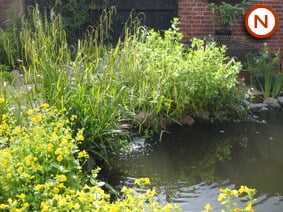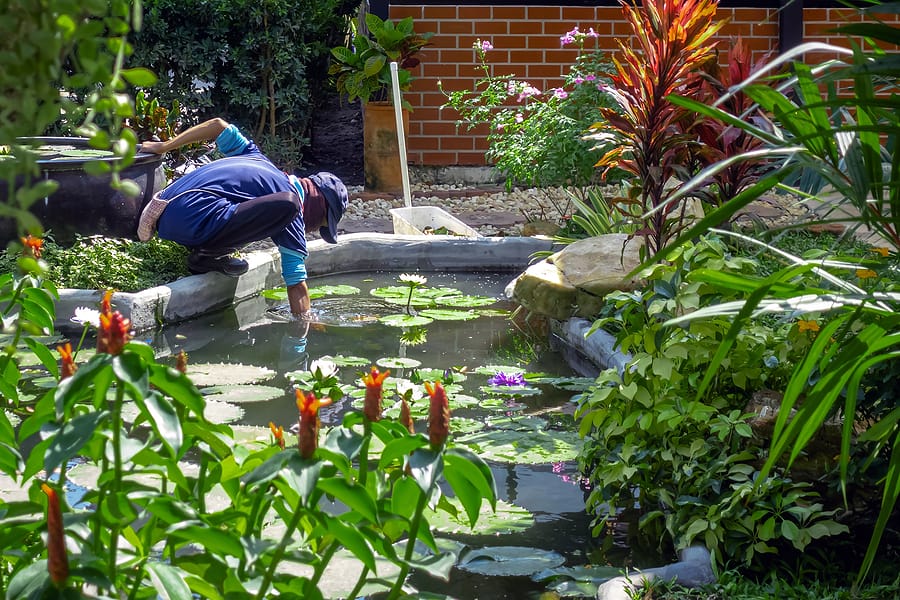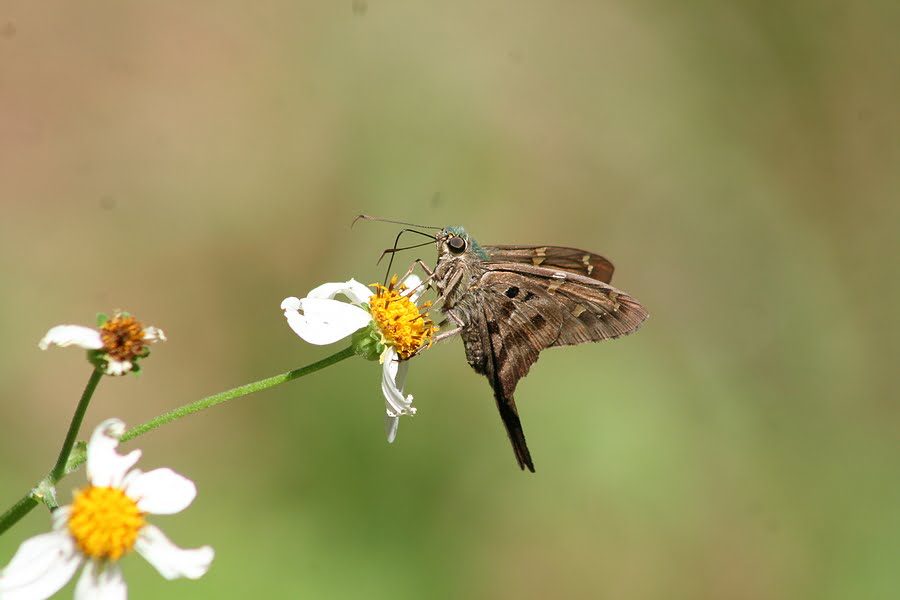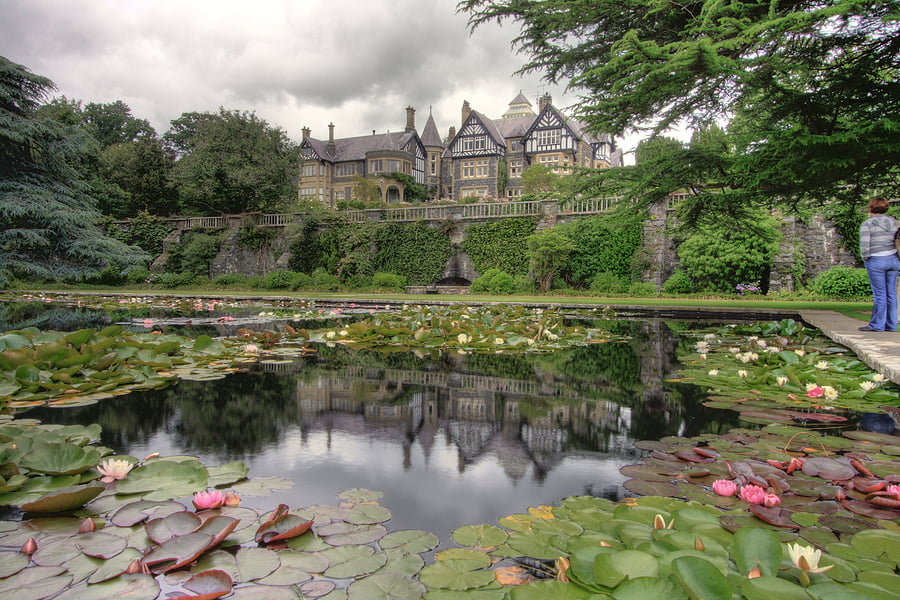
Is Your Pond Ready For Spring?
4th March 2022
Why Marginal Pond Plants Are Important
7th April 2022Once you have completed your pond, filled it with plants and topped it with your favourite species of water lily, so long as the initial pond design works and there are no fundamental issues, most of your days spent next to it are more likely than not to be rather tranquil.
That is not to say you can essentially fire and forget once the preparation work is done, but that for the most part once the preparation work is complete, the water has stabilised and the plants and any fish seem to be thriving, the focus is on monitoring but also enjoying this new beautiful ecosystem.
However, some issues can cause a pond to look less than aesthetically pleasing at best and at worst risk the lives of the plants and fish that currently call your pond home.
Here are some of the most common issues found with ponds and how to solve them easily.
Green And Murky Water
If you have ever walked past a pond that has been left alone for a long time, you might have noticed the water has a particular green tinge to it. This is caused by algae blooms which are not necessarily bad for your pond and are often short-lived, however if conditions are right and blooms severe and long lasting they can have a very detrimental effect on water quality and if left unchecked can potentially turn the water toxic for pond life.
The first step to fixing this is determining what kind of algae you have. If the water has turned green, this is typically single-cell algae, whilst if the algae blooms have attached to the rocks in your pond, that is typically a string or filamentous algae.
The easiest way to tell the two apart is to try and scoop up some pond water. If you can pick up strings of algae you have filamentous algae and if you cannot it is single-cell algae.
String algae can be controlled to some degree by manually removing it by hand or using pond nets or skimmers designed for the job. However, even something as simple as an old kitchen sieve can be very effective. This will not eliminate the problem though as you will never get out all of the algae, and as you are removing it bits break off and slip through the net.
Both single-cell and string algae rely on a number of things to survive and multiply: sunlight, warm water and nutrients. Where a pond has an excess of these factors, especially nutrients, harmless levels of algae can reproduce rapidly and cause problems, in particular through fluctuations in oxygen levels: algae actually produce oxygen during the day but consume it at night when photosynthesis cannot take place.
So to help control the problem and prevent severe outbreaks you need to take the following steps:
- Make sure you have a good level of surface cover for the pond provided by plants that float or have leaves that sit on the water such as Waterlilies, Water hawthorn, Amphibious bistort and rafting marginals like Water forget-me-not: aim for at least 50% when in leaf. This will help keep the water cooler, cut down sunlight the algae uses for photosynthesis and help take nutrients out of the water. It will also provide cover for lots of different pond creatures from predators
- Ensure you have a good density and variety of marginal pond plants and oxygenators which thrive throughout the growing season to maximise the nutrient uptake from the water
- Keep the pond tidy, removing decaying plant matter and fallen leaves regularly, and consider using a pond net in the autumn. Do not overstock your pond with fish and do not over-feed any fish you have.
- If you do get excessive sludge building up in the base of the pond clear it out but be careful not to remove all of it as there are billions of beneficial bacteria and other pond creatures which are good for the health of the pond. If you do clear out the pond do not be tempted to clean or scrub the pond lining as you will destroy the beneficial biofilm that has built up
- Adding plenty of rocks and small stones to the pond will provide lots of surface area for beneficial pond bacteria to thrive which will in turn consume nutrients in the pond
Duckweed
The smallest seed-producing plant in the world, duckweed is not inherently bad, but due to its fast-growing nature will produce thick mats that obscure large parts of your pond, which is unsightly and also detrimental to other plants and pond life: the mats cut down sunlight getting to submerged aquatic plants and can prevent the exchange of gases between the pond and the air, thereby de-oxygenating the water.
As with string algae regular removal using skimmers, nets or sieves can help but will not solve the problem, but do not be tempted to use any weedkillers or similar for obvious reasons. Ecopond sell a quite effective natural product call Duckweed Control which is designed to disrupt the uptake of nutrients by the plant, and in conjunction with regular manual removal and consistent use should prove very effective in helping to eliminate this troublesome pest.





